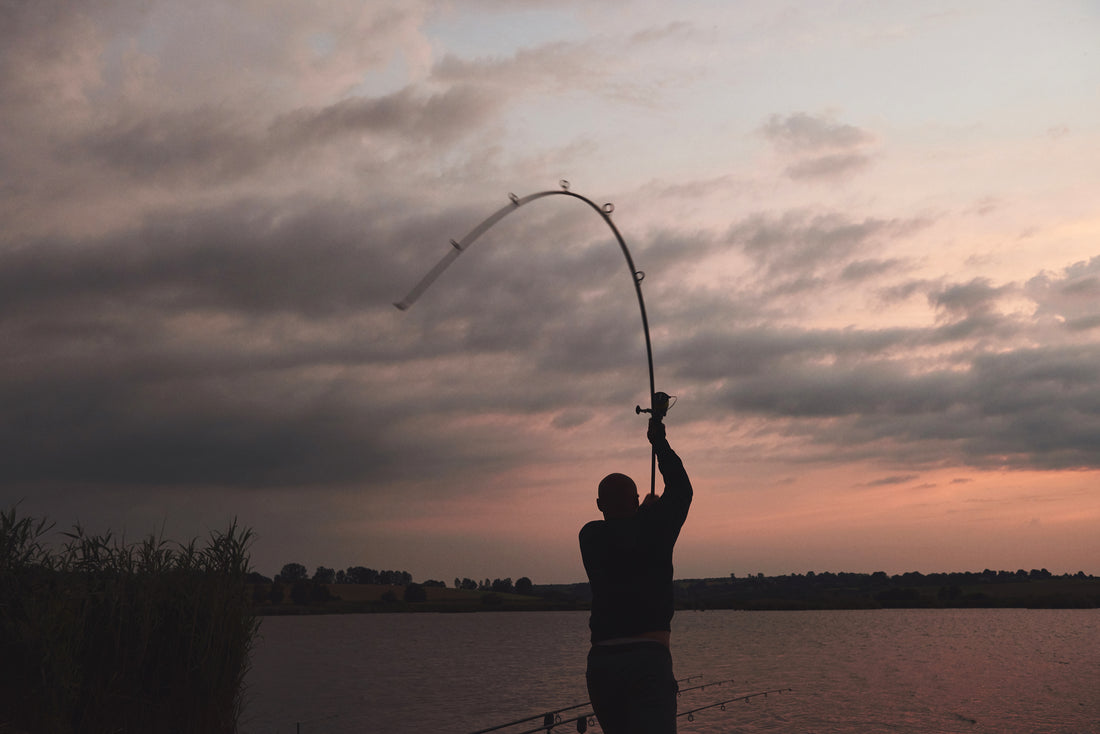
How does wind affect fishing?
The wind is a factor in fishing for a couple of reasons.
When choosing from our rain gear collection, you'll find the best quality and selection.
Behavioral - as wind blows along the surface of the water, it creates friction. The stronger the wind blows, the greater the friction, and the greater the waves. Waves can increase the turbidity of the water, pulling currents and nutrients along with them. All of these factors influence the way fish will behave.
Wind triggers fish by moving water and creating current. Moving water means moving algae and plankton, so small fish waste no time in positioning themselves straight in the path of the current so they can intercept this parade of food drifting by. It's pretty easy to understand that when small fish gather, big fish won't be far behind and that's precisely what happens when the wind blows.
The wind is not generally a bad thing, in fact it can help entice the bite, and a common term for this is having a ‘walleye chop’ on the water, which reduces the visibility of your presentation. Wind direction plays an important role in how well the fish will respond.
The wind direction doesn’t cause fish to bite, but the reason behind the wind direction often does. For example, an east wind usually blows after a big cold front. A rapid drop in water temperature is a shock to the entire aquatic ecosystem, especially the bottom of the food chain, so it shouldn’t be surprising that this is the kiss of death for catching fish. You will certainly have to look harder to find them.

A west wind, on the other hand, usually happens right before a storm hits. Sensing the changing conditions, fish often go on a binge right before the front, which makes for the awesome fishing stories we remember so well.
The north wind is also associated with the aforementioned cold front, and regardless of the fishing, cold air and big waves make most boaters think twice about going out. Finally, south winds blow during warm-ups in the spring and fall, or stable weather during the summer, both of which are normally agreeable to the fishermen and the fish.
What the wind does is haul them off bottom and out of the cover, and put them up into relatively shallow, open water where you can catch them fairly easily.
When the wind really blows, a good angler will always head to a point, island or shoreline for sure-fire action. Fish will tend to stage up around these areas when it gets turbulent.
Boat Control - another factor that can help determine how well your day goes is the wind’s effect on your boat. It can destroy a sight-fishing bite, make boat control difficult and is often downright dangerous. It often makes holding on a spot tricky at best.

When the wind is pushing your boat faster than you can effectively fish through an area, you need to find a way to control it. One way is to work into the wind using your electric motor, and that's very effective if the wind isn't too severe, and moving into the wind is the most efficient and productive way to fish that area.
If you do find yourself out on a boat in the wind, anchoring is a great option to help with your boat control. It can help with your casting, as you will be able to stay in one place much easier when doing sidearm casts to buck the wind.
So don’t let the wind stop you from fishing - just make sure it’s the right wind and conditions to ensure that the fish are active below. Use extra caution in a boat, and remember a great place to fish when you are in a strong wind is simply to stay on the shoreline. Many smaller fish can find themselves caught against the edge as the strong wind can confuse their movement, giving you ample opportunity to pick a few of them off. Happy casting! -WR
Shop our complete browse our ice fishing gear today!
